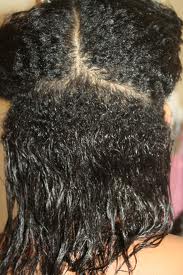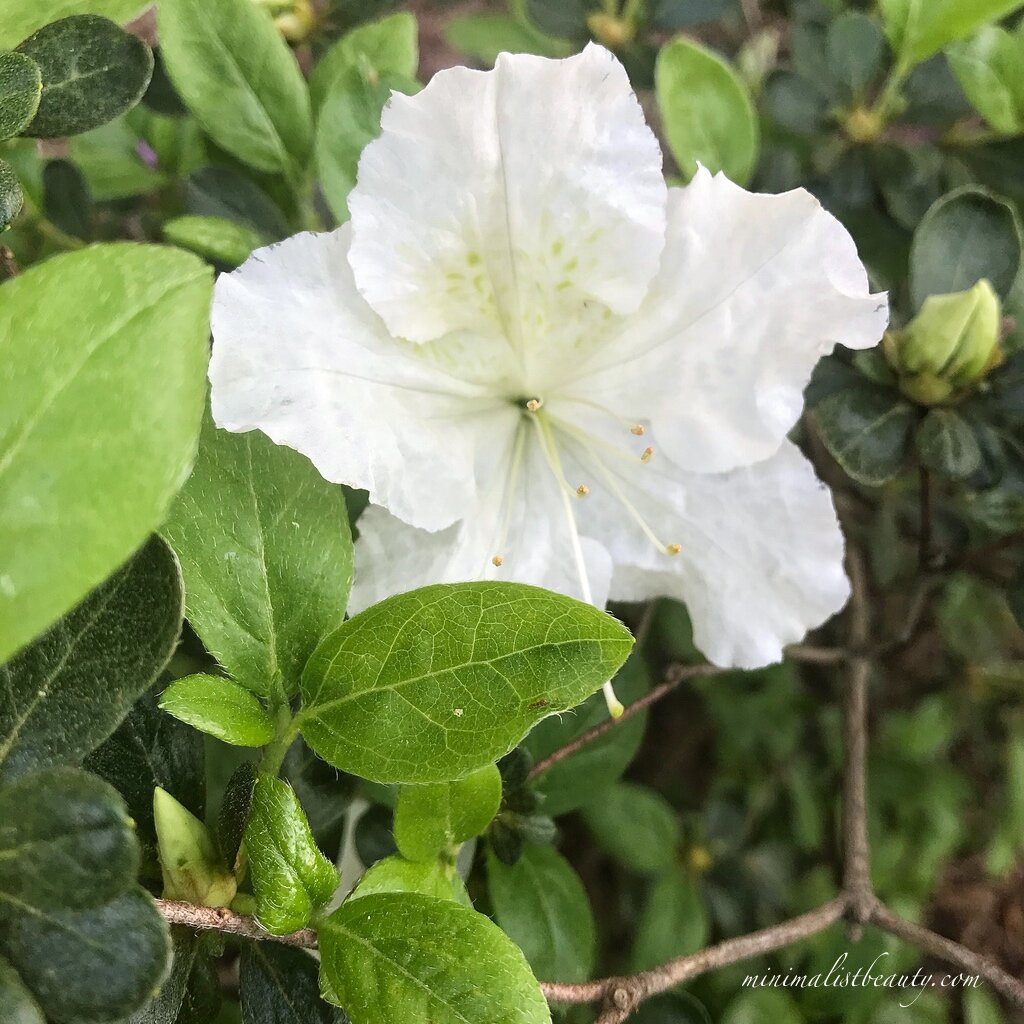Transitioning to Natural Hair in 2025: A Comprehensive Guide to Styles and Strategies
Related Articles: Transitioning to Natural Hair in 2025: A Comprehensive Guide to Styles and Strategies
Introduction
With enthusiasm, let’s navigate through the intriguing topic related to Transitioning to Natural Hair in 2025: A Comprehensive Guide to Styles and Strategies. Let’s weave interesting information and offer fresh perspectives to the readers.
Table of Content
Transitioning to Natural Hair in 2025: A Comprehensive Guide to Styles and Strategies

The natural hair movement continues to flourish, empowering individuals to embrace their unique textures and celebrate their heritage. For those transitioning from chemically treated hair to their natural curls, coils, or waves, 2025 offers a wealth of styling options and supportive resources to navigate this exciting journey. This comprehensive guide explores the various stages of transitioning, provides practical advice on managing different hair textures, and showcases trendy hairstyles perfect for each phase.
Understanding the Transitioning Process:
Transitioning to natural hair involves allowing your natural hair to grow out while gradually removing chemically processed ends. This process can take anywhere from several months to a couple of years, depending on your hair’s length and growth rate. It’s crucial to understand that patience and self-acceptance are key throughout this period. The "big chop," where all chemically treated hair is cut off at once, is an option, but transitioning offers a gentler, more gradual approach.
Stages of Transitioning:
-
The Initial Stage: This is where you cease all chemical treatments like relaxers or texturizers. Your hair will have a distinct two-texture look: the new growth at the roots will be natural, while the ends will be chemically processed. This stage requires extra care to prevent breakage at the point where the two textures meet.
-
The Middle Stage: As your natural hair grows, the difference in textures becomes more pronounced. You’ll likely experience more tangling and breakage, requiring diligent detangling techniques and protective styling.
-
The Final Stage: This is when your natural hair has grown long enough to cut off the remaining chemically treated ends. You’ve officially transitioned to natural hair!
Managing Different Hair Textures During Transition:
The transition process differs depending on your hair’s texture. Understanding your hair type (typically categorized using the Andre Walker Hair Typing System) will help you choose appropriate products and styling techniques.
-
Type 2 (Wavy): Transitioning wavy hair is generally less challenging than curlier textures. Focus on moisturizing products to maintain definition and prevent dryness. Styles like loose braids, twists, or headbands can help blend the two textures.
-
Type 3 (Curly): Curly hair requires more attention to hydration and detangling. Deep conditioning treatments are essential, and using a leave-in conditioner and curl cream will help define curls and reduce frizz. Protective styles like braids, twists, and bantu knots are highly recommended.
-
Type 4 (Coily): Coily hair is the most fragile and prone to dryness, requiring intense moisturizing and gentle handling. Regular deep conditioning, using hydrating oils like shea butter and coconut oil, and avoiding harsh manipulation are crucial. Protective styles like cornrows, box braids, and crochet braids are excellent choices.
Protective Styling: Your Transitioning Best Friend:
Protective styles are hairstyles that keep your ends tucked away, minimizing manipulation and reducing breakage. They are invaluable during the transition period. Popular options include:
- Braids: From simple cornrows to intricate box braids, braids offer versatility and protection.
- Twists: Two-strand twists are easy to maintain and can be styled in various ways.
- Bantu Knots: These create defined curls and protect your hair overnight.
- Wig/Weave: A wig or weave allows your natural hair to grow undisturbed underneath. Ensure proper care of your scalp and natural hair underneath.
- Faux Locs: A stylish protective style that mimics locs without the commitment.
Product Recommendations for Transitioning Hair:
Choosing the right products is crucial for healthy transitioning hair. Look for products that are:
- Moisturizing: Dry hair is more prone to breakage, so hydration is key. Look for ingredients like shea butter, coconut oil, and glycerin.
- Sulfate-free: Sulfates can strip your hair of its natural oils, leading to dryness and breakage.
- Silicone-free: Silicones can build up on your hair, weighing it down and making it difficult to manage.
- Gentle: Avoid harsh chemicals and opt for products specifically designed for natural hair.
Hairstyles for Each Transition Stage:
- Initial Stage: Half-up styles, headbands, and scarves can help blend the two textures. Loose braids or twists can also work well.
- Middle Stage: Protective styles like braids, twists, bantu knots, and updos are ideal for managing the two textures.
- Final Stage: Once you’ve cut off the processed ends, experiment with various styles that showcase your natural texture, such as wash-and-gos, twist-outs, braid-outs, and updos.
Maintaining Healthy Hair During Transition:
- Deep condition regularly: Deep conditioning treatments provide intense hydration and repair damaged hair.
- Detangle gently: Use a wide-tooth comb or your fingers to detangle your hair carefully, starting from the ends and working your way up.
- Trim split ends: Regularly trimming split ends prevents further breakage and keeps your hair healthy.
- Protect your hair at night: Use a satin bonnet or pillowcase to prevent friction and breakage.
- Eat a healthy diet: A balanced diet rich in protein and vitamins contributes to healthy hair growth.
- Manage stress: Stress can affect hair growth, so finding healthy ways to manage stress is important.
Embracing Your Natural Texture in 2025:
Transitioning to natural hair is a journey of self-discovery and empowerment. It’s about embracing your unique texture and celebrating your natural beauty. In 2025, the natural hair community offers a wealth of resources, support, and inspiration to help you navigate this process with confidence and grace. Don’t be afraid to experiment with different styles and products to find what works best for you. Remember, patience and self-love are key ingredients to a successful and enjoyable transition. Embrace the journey, and enjoy the beautiful, healthy hair that awaits you.
Trendy Transitioning Hairstyles for 2025:
- Two-toned braids: Showcase the contrast between your natural and processed hair with stylish braids.
- Defined twist-outs with headwraps: Highlight your growing curls with a twist-out and add a pop of color with a headwrap.
- Sleek updos with a natural halo: Tie back your processed ends while showcasing your natural curls in a halo around your face.
- Half-up, half-down styles with accessories: Use clips, barrettes, and headbands to creatively blend your two textures.
- Protective styles with pops of color: Add vibrant extensions to your braids or twists for a fun, fashionable look.
By understanding the stages of transitioning, choosing the right products and styles, and prioritizing healthy hair care practices, you can confidently and beautifully embrace your natural hair texture in 2025 and beyond. Remember to celebrate your journey and enjoy the process of discovering your unique, natural beauty.

![Your Guide To Transitioning To Natural Hair PATTERN [Video] [Video](https://i.pinimg.com/736x/8f/c3/34/8fc334f1b9f91930666fc6bbdf0894a4.jpg)






Closure
Thus, we hope this article has provided valuable insights into Transitioning to Natural Hair in 2025: A Comprehensive Guide to Styles and Strategies. We thank you for taking the time to read this article. See you in our next article!